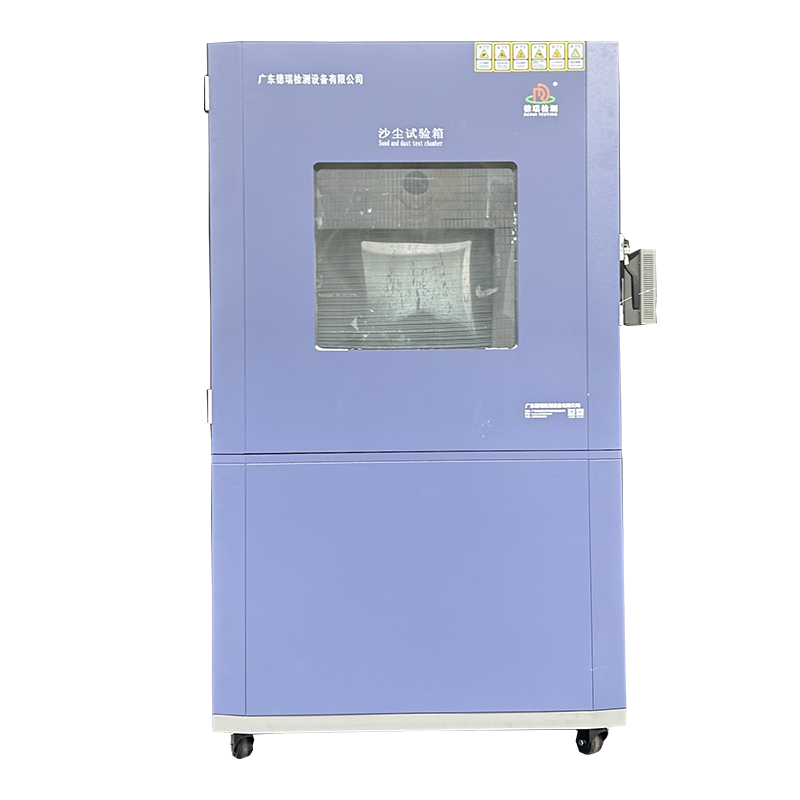
IP5X/IP6X dustproof test box
Product Details:
- Measuring Range Fine dust particle simulation
- Number of Specimens 14 (customizable)
- Gas Pressure 0.8 MPa (max)
- Resolution 0.1 g/m (dust)
- Accuracy High precision dust concentration control
- Mounting Type Floor standing
- Max Height 1000 mm (internal chamber)
- Click to view more
IP5X/IP6X dustproof test box Price And Quantity
- 1 Unit
- 28000.0 INR/Unit
IP5X/IP6X dustproof test box Product Specifications
- Dust circulation by blower, adjustable
- 360 L
- Standard electrical input connectors
- Dustproof Test Box
- Digital/PLC control
- Instantaneous for control inputs
- Transparent observation window, programmable timer, adjustable dust flow
- IP5X and IP6X
- 30% RH
- 500 mm
- 220V
- AC 220V, 50Hz
- Laboratory and industrial IP dustproof testing
- Dustproof protection testing for enclosures and components
- 1000 mm (internal chamber)
- 50Hz
- Approx. 120 kg
- Automatic
- Digital display/Touch control
- Room temperature (custom ranges available)
- 600 mm
- 50 mm
- Max 1000 x 1000 x 1000 mm
- 14 (customizable)
- Fine dust particle simulation
- 0.8 MPa (max)
- 0.1 g/m (dust)
- Floor standing
- High precision dust concentration control
IP5X/IP6X dustproof test box Trade Information
- Cash in Advance (CID)
- 100 Unit Per Month
- 5 Days
- All India
Product Description
| Item | Specification |
| Internal dimension | 800W*800D*800Hmm |
| External dimension | 1300W*1000D*1700Hmm |
| Test sample | Size W20cm- L30cm-D15cm, weight 0.5kg |
| Chamber material | SUS304 Stainless steel |
| Specifications of square mesh sieve | Mesh hole 75um, mesh metal wire diameter 50um |
| Talcum powder amount | 2kg/ m |
| Airflow speed | No more than 2m/s |
| Door | Left open door with tempered glass door |
| Controller | PLC Touch Screen controller, programmable to set as below cycle: a. Blowing dust time (Stop/Blow) m/s b. Cycle time: can be adjusted c. Pre-set test time: 0s ~99m99s |
| Vacuum system | Pressure gauge, air filter, Pressure regulating FRL, connecting pipe, Vacuum pump |
| Vacuum pump capacity | 60-600 L/H |
| Fan | Centrifugal fan |
| Safety protection devices | Meter over-temperature function, Phase shortage protection, Power short-circuit protection |
Precision Dust Ingress Testing
This dustproof test box offers controlled and repeatable simulations of dusty environments for evaluating the dust resistance of enclosures. The combination of fine talcum powder, adjustable airflow, and programmable cycles ensures adherence to strict standards for comprehensive performance assessment.
Durable and Customizable Design
Built with a corrosion-resistant stainless steel chamber and a large observation window, the equipment supports single or multiple specimens up to 1000 x 1000 x 1000 mm. Both the inner dimensions and specimen capacity can be tailored to specific testing needs, making it versatile for various applications.
Advanced Control and Safety Features
The unit features a digital or PLC control system with instant response, digital display/touch control, and a built-in emergency stop. Users benefit from a programmable timer, real-time monitoring, and total automation, ensuring both safety and convenience during intensive dustproof validations.
FAQs of IP5X/IP6X dustproof test box:
Q: How does the IP5X/IP6X dustproof test box simulate real-world dust conditions?
A: The test box uses ISO 12103-1, A2 fine talcum powder and a blower-driven air circulation system to create a controlled dust-laden environment, closely mimicking real-world conditions encountered by electronic enclosures and components. Adjustable dust flow and precise concentration control ensure compliance with IEC 60529 and GB 4208 standards.Q: What types and sizes of specimens can be tested in this chamber?
A: The chamber accommodates 1 to 4 specimens, with a maximum specimen size of 1000 x 1000 x 1000 mm. Dimensions and specimen quantity are customizable to fit various testing requirements for enclosures, automotive parts, or electronic devices.Q: When should I use this equipment for dustproof testing in my product development process?
A: It is recommended to use the dustproof test box during prototyping, quality assurance, and pre-certification phases to confirm that products meet IP5X/IP6X ingress protection standards before entering the market or certification testing.Q: Where is the best environment to operate this dust chamber?
A: This test box is designed for use in laboratories or industrial testing facilities with standard AC 220V, 50Hz power supply. It should be placed on a level floor and operated at room temperature, although custom temperature ranges are available upon request.Q: What is the process for conducting an IP5X/IP6X dustproof test with this machine?
A: First, place the specimen inside the chamber and secure the observation window. Set testing parameters such as dust concentration, cycle time, and airflow using the digital or touch control interface. The blower circulates dust uniformly, and the programmable timer manages the test duration for consistent results.Q: How does the test box ensure safety during operation?
A: The equipment is equipped with comprehensive safety features, including leakage protection, overvoltage protection, an emergency stop function, and a built-in exhaust fan to maintain a safe testing environment and operator protection.Q: What are the key benefits of using this automatic dustproof test box?
A: Users benefit from high-precision dust control, customizable chamber dimensions, transparent real-time observation, digital automation, and robust safety mechanisms. These features combine to deliver reliable, repeatable, and industry-standard dustproof evaluations for product development and certification.
Price:
- 50
- 100
- 200
- 250
- 500
- 1000+



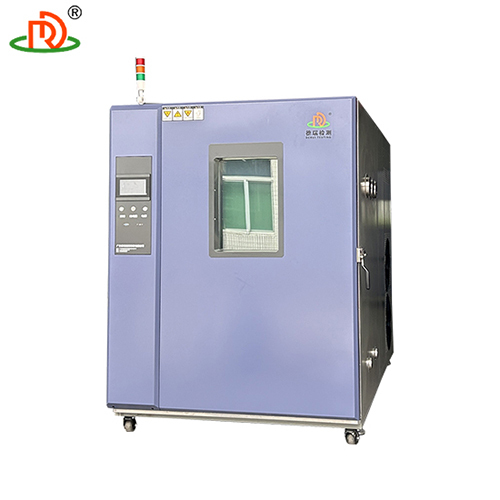
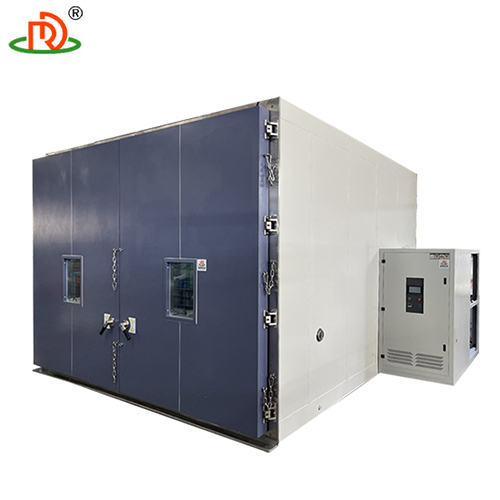
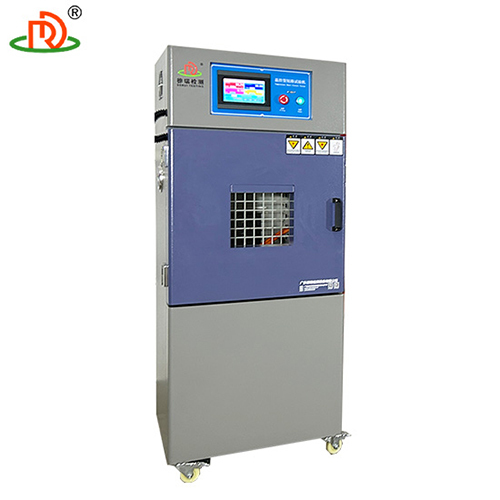
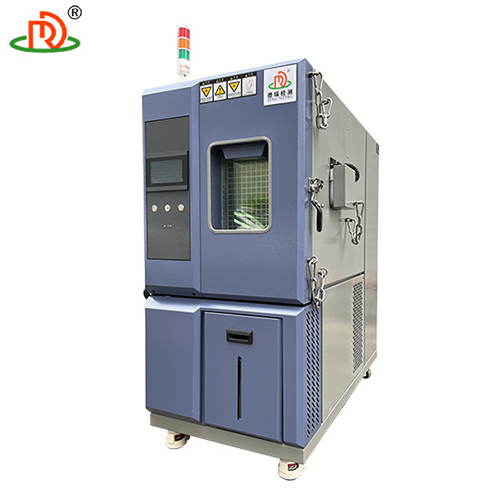

 English
English Spanish
Spanish French
French German
German Italian
Italian Chinese (Simplified)
Chinese (Simplified) Japanese
Japanese Korean
Korean Arabic
Arabic Portuguese
Portuguese